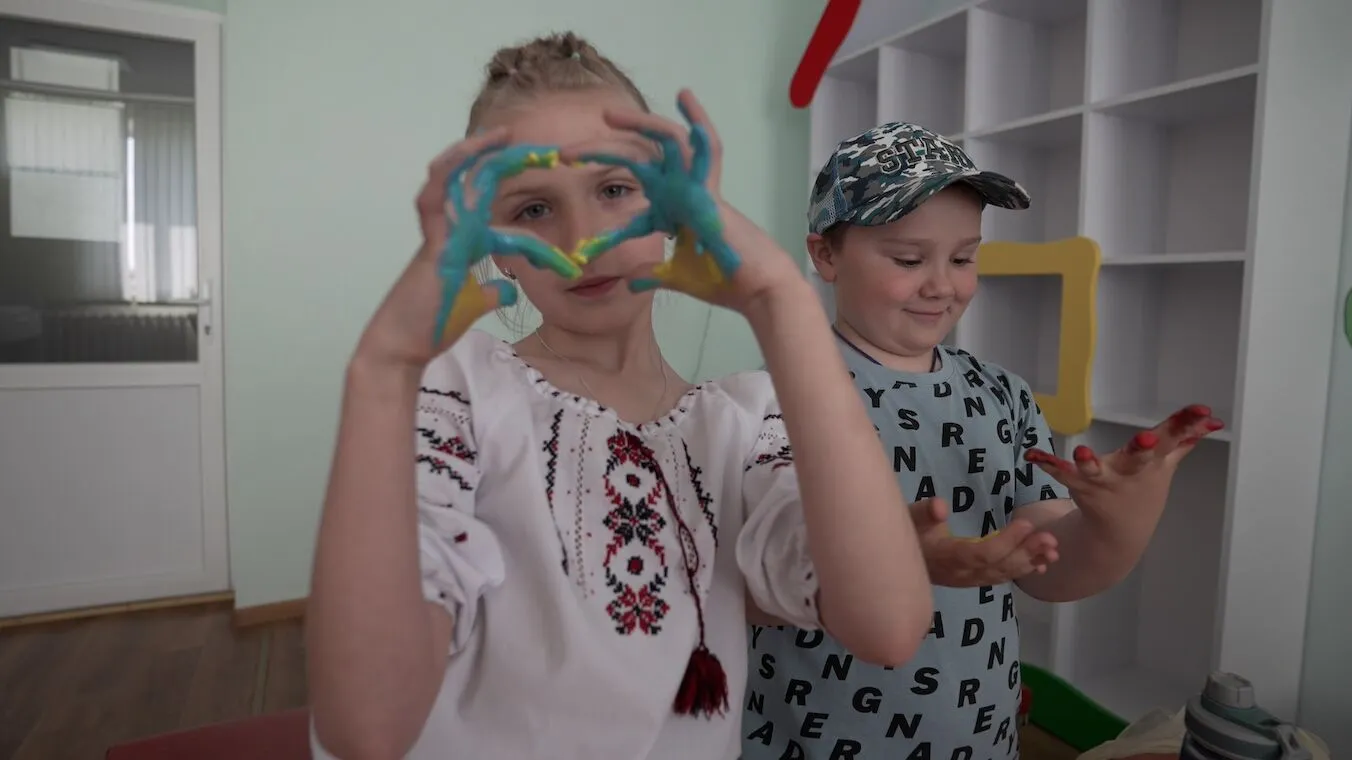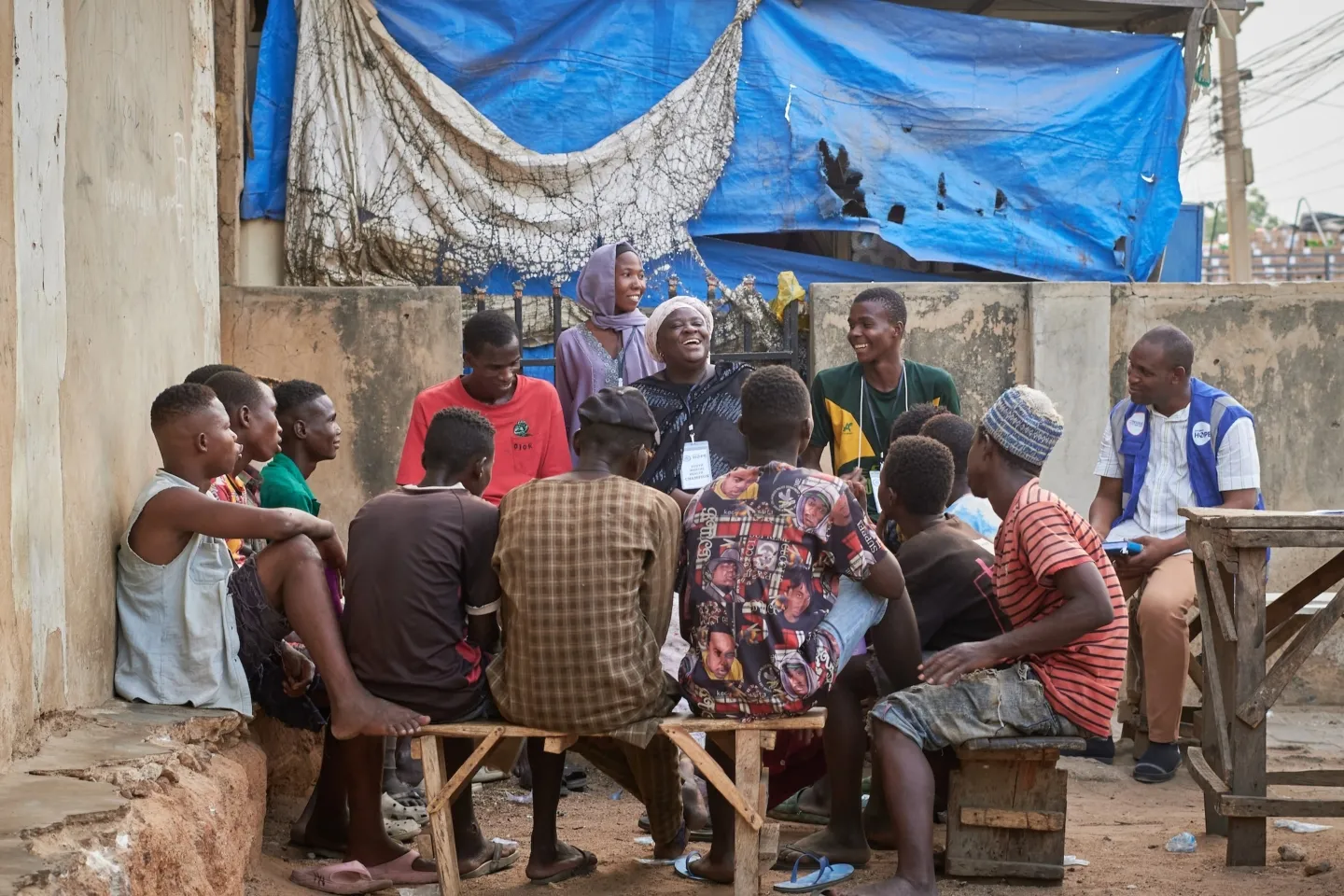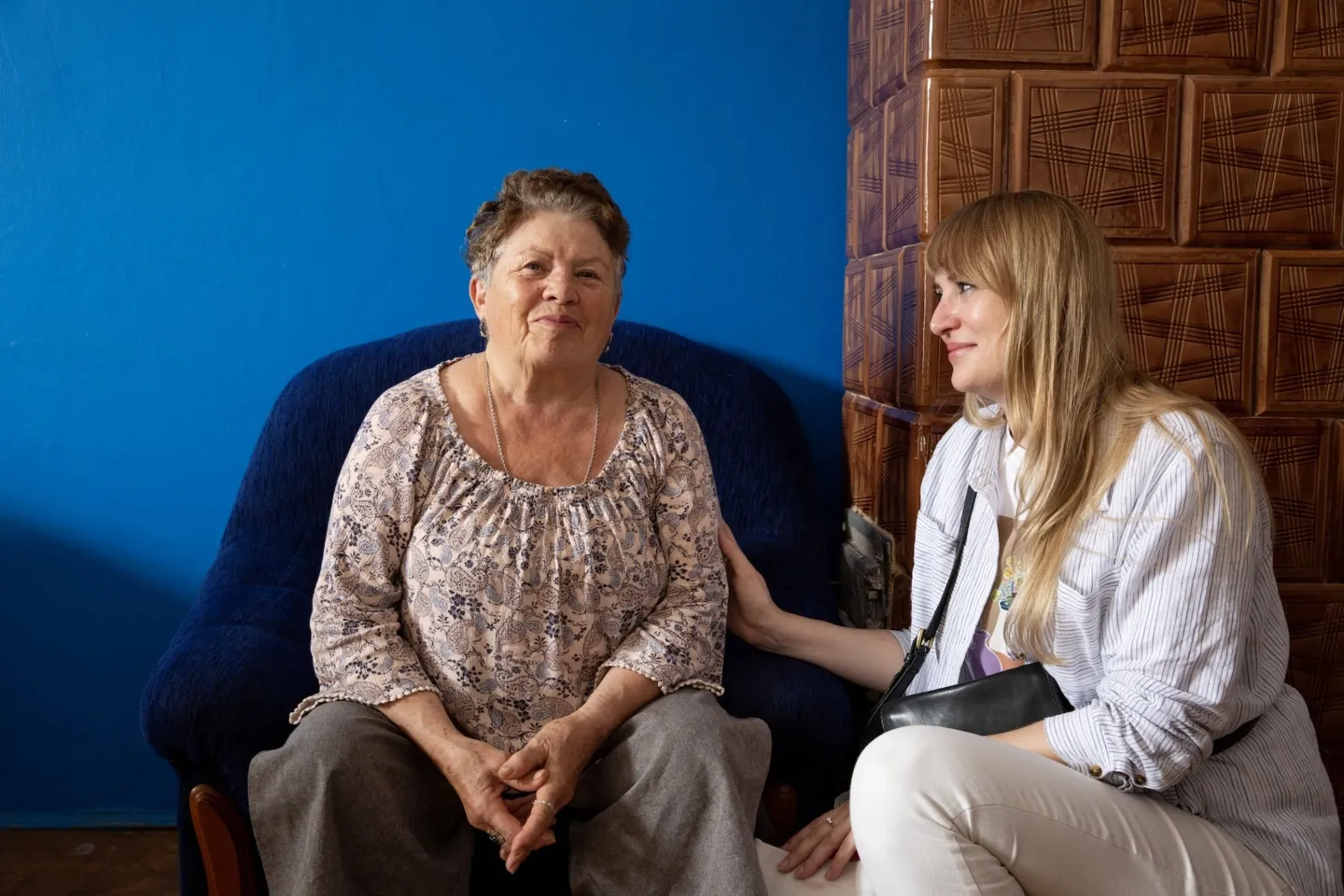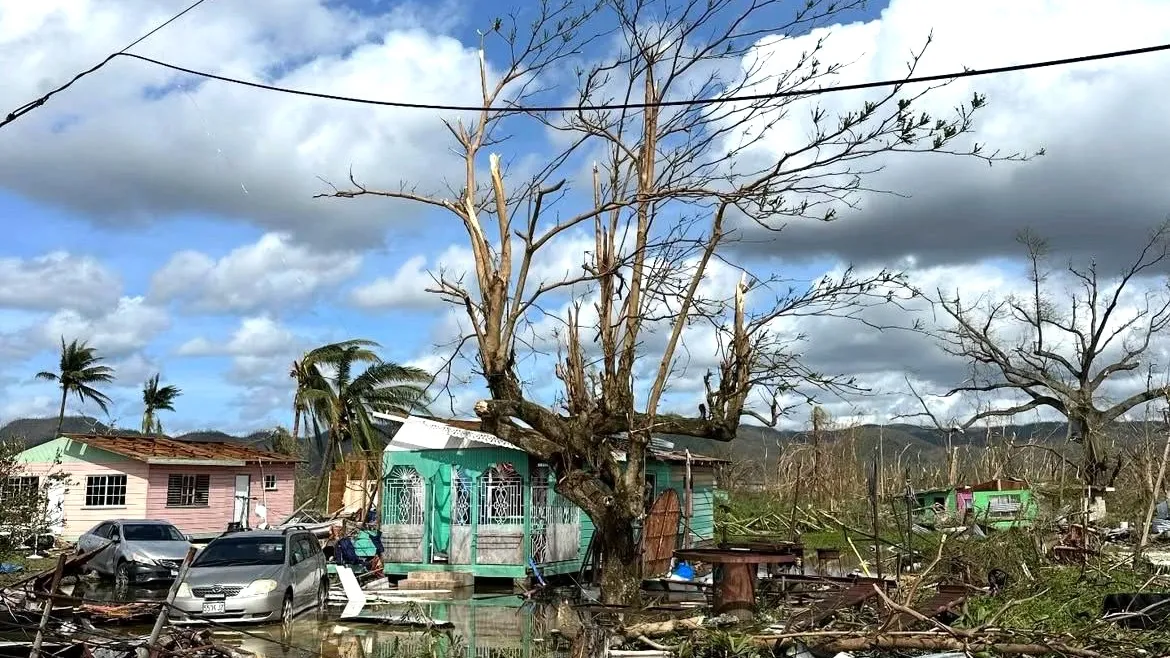The Global Mental Health Crisis: 10 Numbers to Note
Mental health issues are on the rise around the world. Here are 10 numbers that highlight the magnitude of the hidden crisis, and the need to take action.

Mental health is essential to a healthy life. But more than 1 billion people worldwide are living with mental health disorders, many of whom lack access to the quality care and support they need. In the United States, nearly half of people living with mental health conditions go without treatment.
The world is facing a mental health crisis that demands action.
At Project HOPE, we are committed to ensuring everyone has access to the health care they deserve. That’s why we incorporate mental health and psychosocial services into our programming around the world, ensuring everyone has access to the care they need.
Whether providing art therapy for children in Gaza, mobile psychologists for Ukrainian refugees in Poland, wellness groups for wildfire survivors in California, or one-on-one psychological care for migrants in Latin America, we’re committed to ensuring that mental health is integrated into primary care services.
Here are 10 numbers that help to highlight the severity of this hidden crisis, and its social and financial costs.
More than 1 billion people worldwide live with a mental health disorder.
Mental health issues are widespread, in every community, in every country, on every continent. One out of every two people are afflicted by mental illness at some point in their lives, with women more likely than men to be diagnosed.
Just 9% of people with depression globally receive adequate treatment.
The vast majority of people who need mental health care around the world are not able to receive it. According to the World Health Organization’s World Mental Health Today report published in 2025, 91% of people living with depression around the world are not able to access care. According to a separate 2025 study published in JAMA Psychiatry, only 6.9% of people with mental health or substance use disorders receive the treatment they need.
Why? Obstacles include lack of resources and trained health workers, but in many cases the social stigma around mental health is the greatest barrier to care.

People with serious mental illness are twice as likely to develop cardiovascular and metabolic diseases.
Those with mental health issues are more susceptible to facing other health challenges, including dangerous cardiovascular and metabolic diseases. People with depression have a 40% higher risk of developing these conditions, while people with serious mental illness are nearly twice as likely.
332 million people are affected by depression.
Depression is a leading cause of disability worldwide, affecting more than 332 million people around the world. Women are more likely to have depression than men.
An estimated 21 million adults in the U.S. have experienced at least one depressive episode, representing 8% of the entire population.
Left untreated or at its worst, depression can lead to suicide, which claims more than 700,000 lives every year.

Doctors are twice as likely to die by suicide.
The COVID-19 pandemic took a devastating toll on the world’s health care workers, with grief, anxiety, depression, post-traumatic stress disorder, and suicide just a few of the potential long-lasting effects. Doctors are already twice as likely as the general population to die by suicide — one of the highest rates of any profession — and women are the most vulnerable.
22% of people who have experienced conflict will develop a mental disorder.
One-quarter of the global population lives in places affected by conflict, and over 122 million people have been forcibly displaced by either conflict, persecution, violence, or human rights violations. The resulting impact on mental health is detrimental and widespread.
Almost all people who live through conflict or war experience psychological distress, and about 1 in 5 will develop depression, anxiety, post-traumatic stress disorder, bipolar disorder, or schizophrenia.
On average, countries dedicate just 2% of their health budgets to mental health.
One of the greatest barriers to mental health care globally is a basic lack of access. Two-thirds of countries have just one psychiatrist for every 200,000 people, and in low-income countries there is just one mental health worker of any kind for every 100,000 people.

About 15% of the world’s adolescents have a mental health condition.
Around 1 in 7 young people ages 10 to 19 have a mental health condition.
Mental health issues often start in the early stages of life: About half of all mental health issues begin before age 14, and most cases go undetected. Young people living in areas affected by conflict, natural disasters, and disease are especially vulnerable to mental illness and distress.
Mental health disorders could cost the world $16 trillion by 2030.
The mental health crisis doesn’t just have medical and social repercussions — it also has a serious financial cost. The global economy loses about $1 trillion each year due to depression and anxiety. It’s estimated that mental health conditions could cost the economy as much as $16 trillion between 2011 and 2030.

Two-thirds of Americans with a mental illness don’t receive treatment.
Lack of access to quality mental health care is a serious global problem — but it’s also an issue in the U.S. Two-thirds of Americans with a mental health condition were not able to access treatment in 2021, even though they had health insurance. The list of reasons is long: the cost of care, gaps in insurance coverage, a lack of qualified psychiatrists, and a disconnect between primary care systems and behavioral care systems.
This story was originally published on October 5, 2020 and has been updated.



